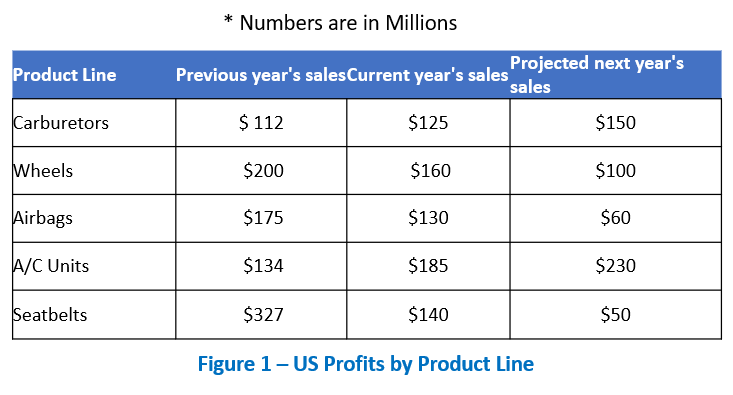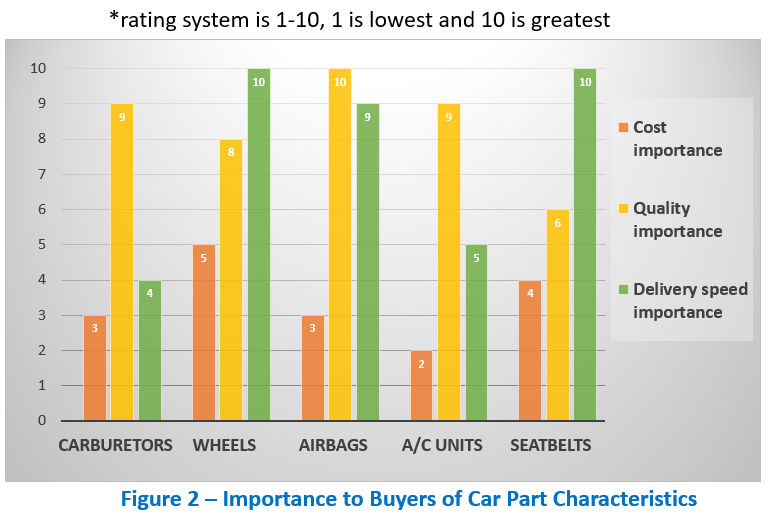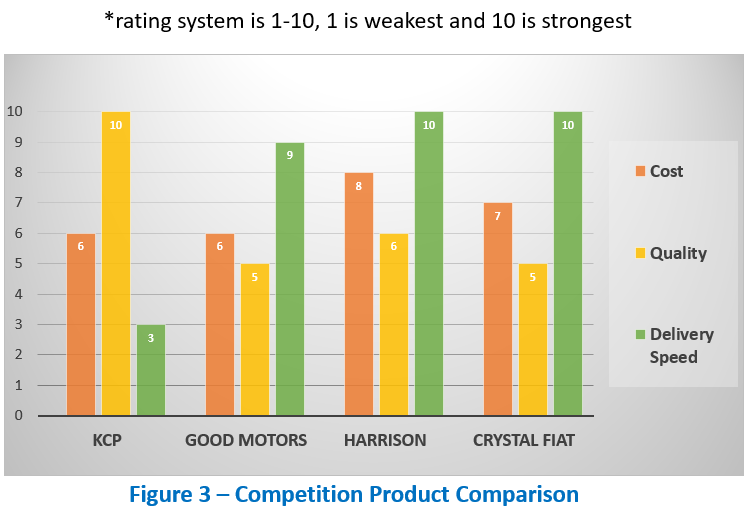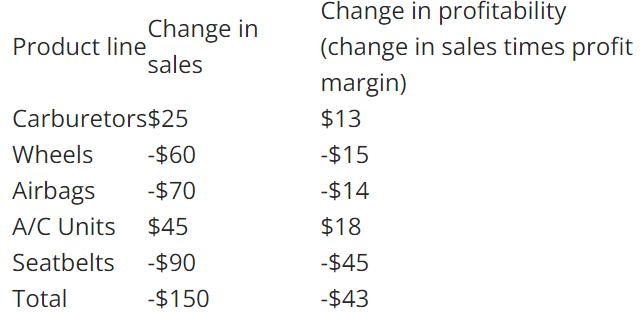This case is part one of a series. The goal of this series is to demonstrate how an identical case prompt (and corresponding framework) could lead to multiple different outcomes. The goal is to train you to adjust to case information in an agile and adaptable way.
The 2nd part of the series can be found here: Case - BCG Hot Wheels Part 2 With Video Solution
To get a deep-dive explanation of the case leadership behind this case, please read this article: Candidate-Led Cases: What to Expect With Example Cases
This is a candidate-led case, the style of which could be seen across a range of consultancies, but particularly BCG and Bain. The case is split into 3 main parts:
- Market Analysis
- Competitor / Product analysis
- Supply chain solutioning
In addition to the above, this case tests a candidate's understanding of profitability, the automotive industry, globalisation, and, of course, chart reading.
The following can be verbally provided to interviewee if asked:
- Our client serves the Japanese, Korean, and US markets
- They specialize in the production of 5 products: carburetors, A/C units, wheels, airbags, and seatbelts
- Profits have been steady in Asian markets, but they've noticed a big drop in profitability in the US
- They care a lot about profitability, as they have limited capital – as such, efforts need to be focused in areas with the highest profitability
====================================================
Scoring Criteria: Use the following grading system for each skill area:
a. Structured Thinking (Frameworking):
1 = Lacked a coherent structure
5 = Pinpointed the appropriate issue, segmented it into a complete set of non-overlapping components (e.g., MECE), presented a plan to tackle the case, and offered valuable insights.
b. Numeracy/Math:
1 = Committed numerous errors and required assistance in setting up equations
5 = Performed calculations accurately and with confidence, identified implications, designed a clear and efficient approach, and demonstrated exceptional speed.
c. Judgement and Insights (Charts & Exhibits): 1 = Missed basic insights 5 = Connected findings to develop practical recommendations, made reasonable hypotheses, shared impressive insights, and flagged far-reaching implications.
1 = Overlooked fundamental insights
5 = Linked observations to devise actionable recommendations, formulated plausible hypotheses, conveyed strong, objective-driven insights, and highlighted impact.
d. Case Leadership (unless interviewer-led):
1 = Frequently disoriented and dependent on guidance
5 = Advanced autonomously and maintained focus on the question and the client's objective.
e. Creativity:
1 = Had difficulty generating original ideas
5 = Offered a variety of strong and diverse ideas, tailored to the industry and business context.
f. Presence:
1 = Not client-ready
5 = Exhibited professionalism, charisma, enthusiasm, and self-assurance.
g. Communication:
1 = Unclear and disorganized
5 = Demonstrated active listening, spoke precisely, and communicated concisely.
h. Synthesis (Final Recommendation):
1 = Failed to provide a coherent and well-founded recommendation
5 = Justified recommendation with key considerations, potential risks, and subsequent steps to address those risks.
During the Interview: As the candidate progresses through the case, take notes on their performance in each skill area. Be prepared to provide feedback at the end of the interview.
Post-Interview: After the interview, grade the candidate's performance in each skill area based on your notes and the scoring criteria. Share the scores and any specific feedback with the candidate to help them understand their level of readiness for the actual interview.
Improvement: Encourage the candidate to focus on areas where their performance was weak and provide guidance on how they can improve in those areas.





